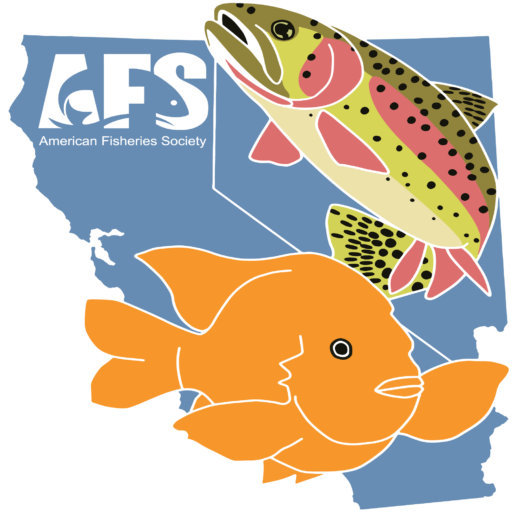The Hutton Junior Fisheries Biology Program, approved by the AFS Governing Board in 2000, was named in honor of the late Dr. Robert F. Hutton, who was the American Fisheries Society’s first Executive Director, serving from 1965 to 1972. Since its inception in 2001, the Hutton Program has provided scholarships and mentoring experiences in fisheries biology to 572 students, and has offered scholarship awards to 309 (56%) minority scholars and 334 (58%) qualified female scholars.
I recently served as a mentor in the Hutton Junior Fisheries Biology Program, mentoring Christina Patricia. The following is a bit about her background and impressions of the program.
“My name is Christina Patricia. I am from Jakarta, Indonesia, and I’m currently a first-year student at City College of San Francisco. I have been a tropical fish hobbyist since I was 8 years old and last year I had a breeding project for Spotted Blue-Eye Pseudomugil gertrudae, an endemic species of fish native to New Guinea. Growing up in the capital city of Indonesia, I never had much exposure to nature, so it was very valuable experience to work in the field and learn how to hike in-stream and over various terrains. What was most interesting to me was the relative weight and length analysis done on rainbow trout specimens caught through flyfishing from Pauma Creek. It is fascinating how logarithmic operations can be used to determine the quality of habitat in relation to the fish’s size, e.g. if the fish’s weight is above that of the index, then it is proof that the habitat was productive in providing the fish with enough sustenance so that it is plumper than expected. The Hutton Program made me aware of conservation issues, especially in Southern California where the annual precipitation renders trout populations to be relatively low when compared to other areas. As such, it is important to manage the habitat by removing invasive species, demolishing man-made habitat barriers, and improving spawning habitat to sustain the population.”
As her mentor, I was able to work with an intelligent young woman who had never had a job before. A self-described couch potato, Christina quickly learned how difficult fisheries fieldwork can be, as she assisted with monitoring populations of Unarmored Threespine Stickleback Gasterosteus aculeatus williamsoni, coastal Rainbow Trout Oncorhynchus mykiss, and Arroyo Chub Gila orcutti. Most of this monitoring work requires hiking long distances over steep terrain with loaded packs in inclement weather. This included an overnight trip conducting snorkel counts of the only native Rainbow Trout population remaining in San Diego County, and while Christina had never backpacked before, she handled a difficult two days with admirable heart.
The people associated with the Hutton Junior Fisheries Biology Program have made participation simple, requiring few application documents and only two reports for the duration of the program. There was no cost to my employer and getting to work with the next generation of fisheries biologists was rewarding.
Get more information about the Hutton Junior Fisheries Biology Program here.

